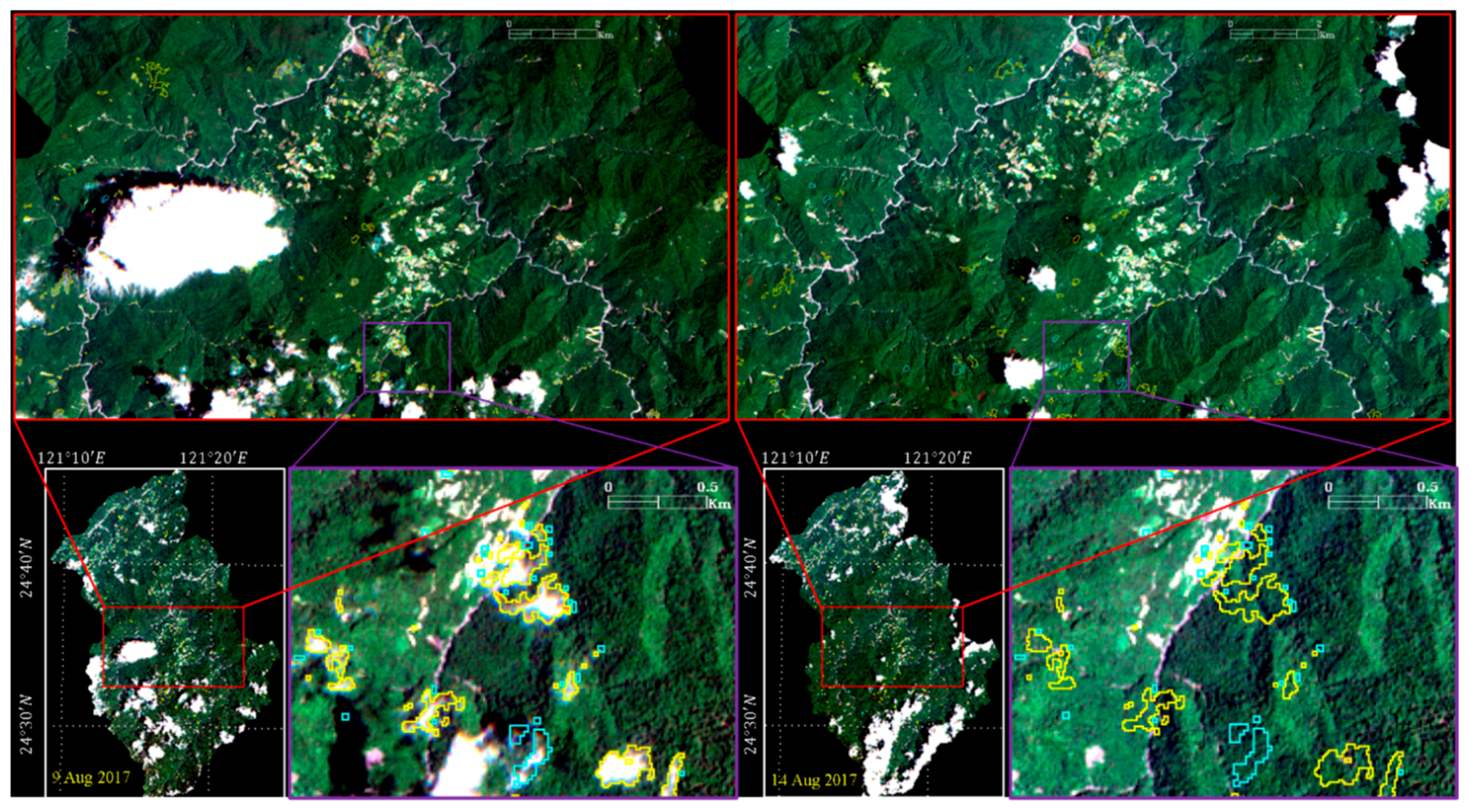How do you channel a flood of almost 5 million images into useful applications? Google Cloud is doing it with more than 30 years’ worth of satellite imagery from the Landsat and Sentinel-2 missions, for free.
Satellite views have long been part of Google’s global mapping operation, of course. But putting them on the cloud is a different matter.
One of the newly added data sets draws upon the complete catalog of pictures from Landsat 4, 5, 7 and 8, amounting to 1.3 petabytes of data that go back to 1984. The other data set takes advantage of more than 430 terabytes’ worth of multispectral imaging from the European Space Agency’s Sentinel-2 satellite, which is part of the Copernicus program to monitor global environmental indicators.
The Landsat database keeps track of 4 million scenes, while the Sentinel-2 set offers 970,000 images. More pictures are being added daily.
When satellite images become available via the cloud, customers who focus on geospatial analysis don’t have to worry about downloading and organizing 1.7 quadrillion bytes of data on their own. In a Google blog posting, Descartes Labs CEO Mark Johnson explained how the shift to the cloud makes the job of predicting crop yields easier.
“To make accurate machine-learning models of major crops, we needed decades of satellite imagery from the entire globe,” Johnson said. “Thanks to Google Earth Engine hosting the entire Landsat archive publicly on Google Cloud, we can focus on algorithms instead of worrying about collecting petabytes of data. Earth observation will continue to improve with every new satellite launch, and so will our ability to forecast global food supply.”

Another venture that’s taking advantage of Google’s cloud-based satellite data is Spaceknow, which analyzes changes over time to track economic trends. Spaceknow’s algorithms digest billions of observations from Landsat satellites to determine, for example, the ups and downs of Chinese manufacturing activity.
In today’s posting, the project manager for Google Earth Engine, Peter Birch, says there’s likely to be more to come. “With dozens of public satellites in orbit and many more scheduled over the next decade, the size and complexity of geospatial imagery continues to grow,” Birch says.
There’s also likely to be more competition in the cloud as well: Amazon Web Services has its own repository of free imagery from Landsat and other Earth-watching satellites, while Microsoft’s Azure platform has been used to process MODIS satellite imagery and tease out hydrological trends.
